Important Formulae and Points to Remember: Parallel and Intersecting Lines | Mathematics (Ganita Prakash) Class 7 - New NCERT PDF Download
1. Lines and Their Relationships
Intersecting Lines: Lines that meet or cross each other at a point.
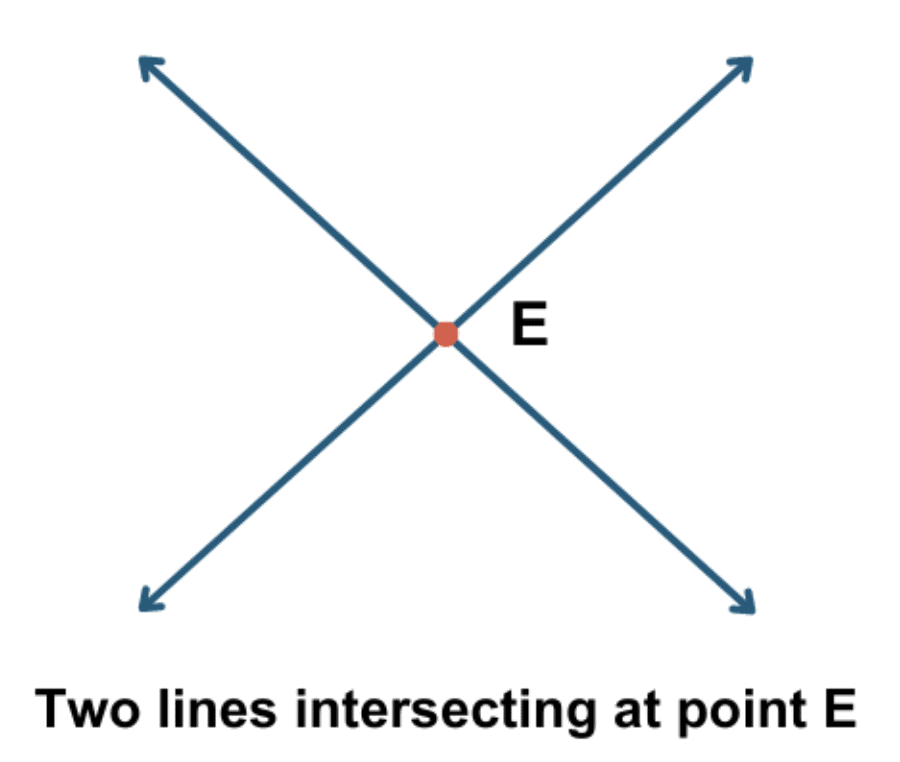
Parallel Lines: Lines in the same plane that do not meet, however far extended.
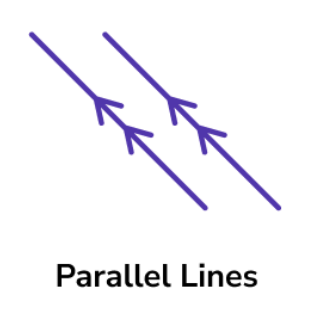
Perpendicular Lines: Intersecting lines that form four right angles (90°).
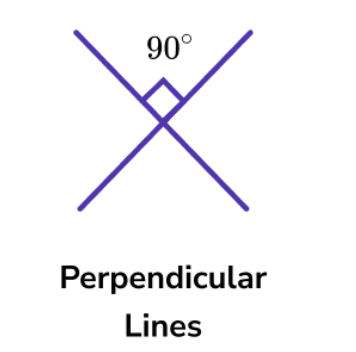
2. Angles Formed by Intersecting Lines
When two lines intersect, they form four angles.
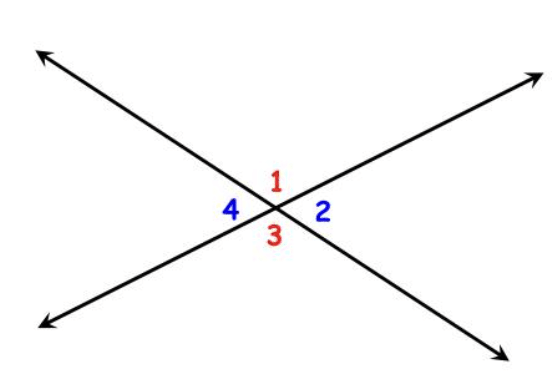
Vertically Opposite Angles: Equal in measure (e.g., ∠1 = ∠3, ∠2 = ∠4).
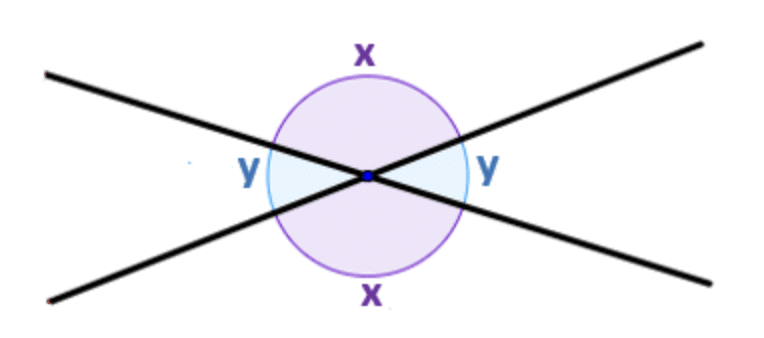
Linear Pair: A pair of adjacent angles on a straight line. Their sum is 180°.
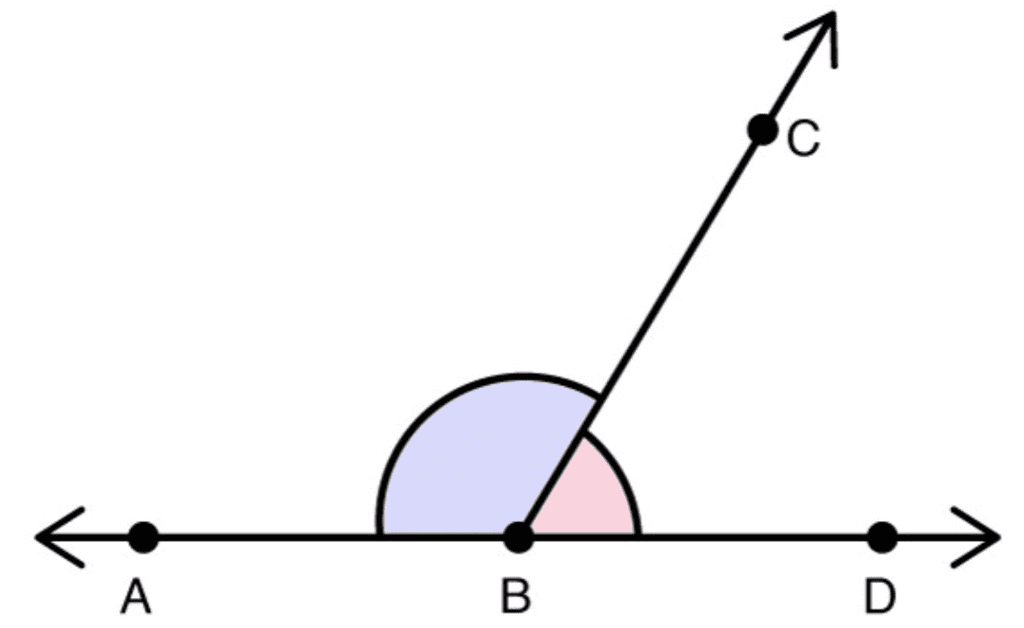
3. Measurement and Ideal Geometry
Sometimes when you measure linear pairs or vertically opposite angles, they might not exactly add up to 180° or be equal. Why does this happen? There are a few possible reasons:
Measurement errors — like not using the protractor correctly
Thickness of lines — in real life, lines have some thickness, but in geometry, we imagine them as thin and perfect
In geometry, we work with ideal shapes and use logic and reasoning, not just measurement.
For example, a straight line makes a 180° angle, so if it’s split into two angles, those should add up to 180°. Even though our tools and drawings aren’t perfect, the results are usually very close. That’s why geometry is useful in many fields like physics, art, engineering, and architecture.
4. Parallel Lines in Practice
Found in objects like notebook lines, edges of a paper, table legs, railway track lines, etc .
5. Transversals and Angle Relationships
A transversal is a line that cuts across two or more lines.
Types of Angles Formed by a Transversal
Vertically Opposite Angles: Equal in measure.
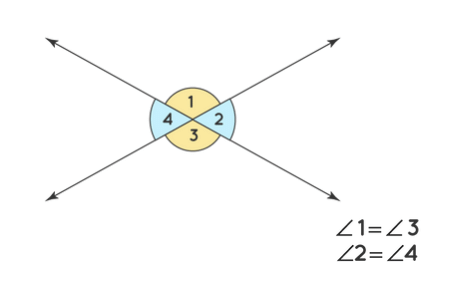
Corresponding Angles: Lie on the same side of the transversal; one interior, one exterior. Equal if lines are parallel.
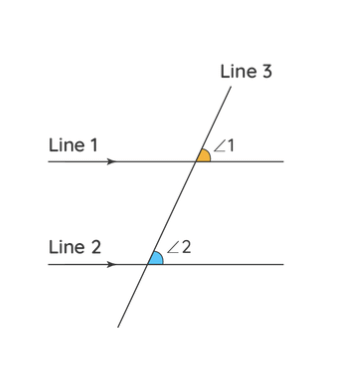
Alternate Angles: Both are equal if the lines are parallel.

Co-interior (Consecutive Interior) Angles: On the same side of the transversal and inside the two lines. Their sum is 180° if the lines are parallel.
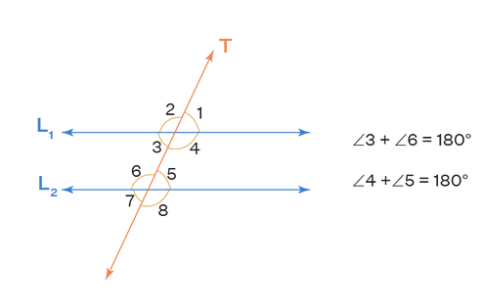
8. Important Properties and Rules
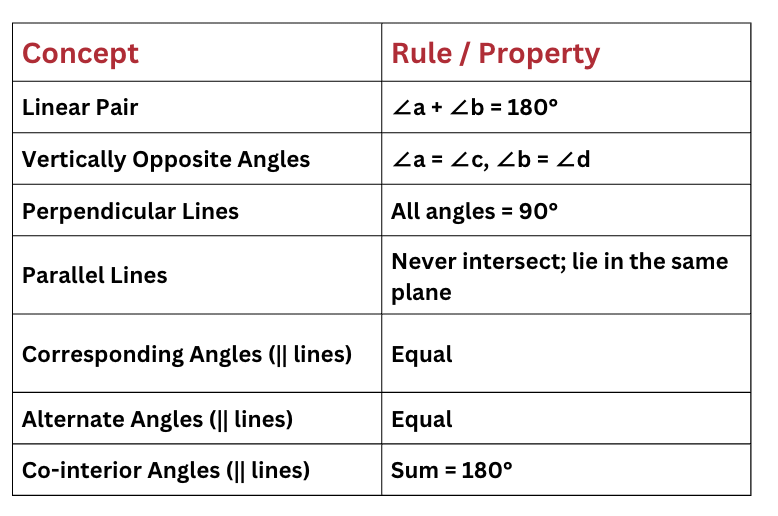
9. Symbols and Notations
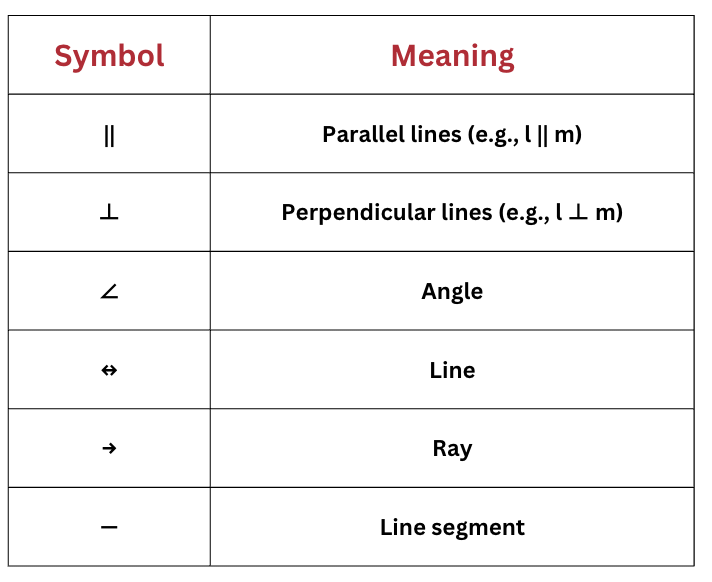
|
41 videos|316 docs|8 tests
|
FAQs on Important Formulae and Points to Remember: Parallel and Intersecting Lines - Mathematics (Ganita Prakash) Class 7 - New NCERT
| 1. What are the different types of lines and their relationships in geometry? |  |
| 2. How are angles formed by intersecting lines measured? |  |
| 3. What is the significance of parallel lines in geometry? |  |
| 4. What are some effective drawing techniques for illustrating lines and angles? |  |
| 5. How do transversals create angle relationships in parallel and intersecting lines? |  |





















